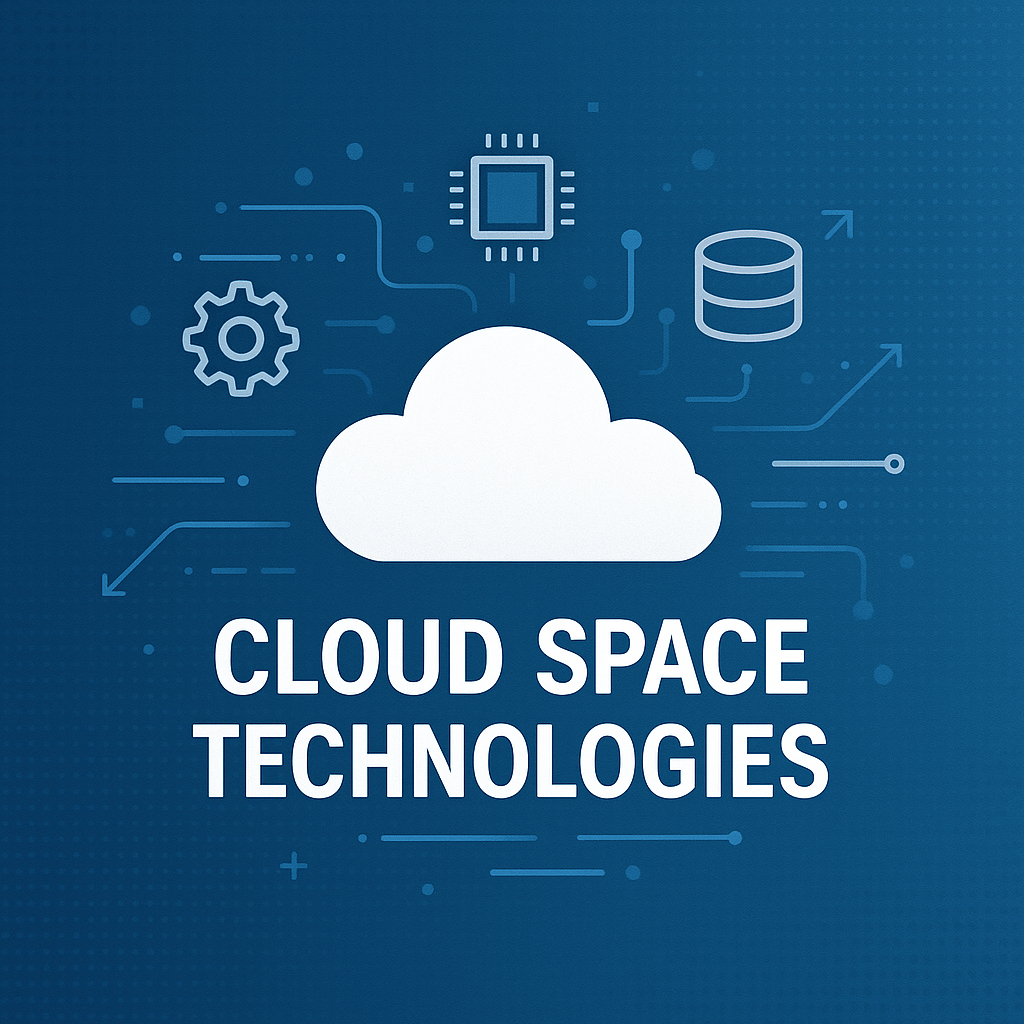Introduction – What This Article Covers
The internet is now a huge part of our lives. We use it to store pictures, send emails, watch videos, do homework, and run businesses. But have you ever thought about where all that information goes? The answer is cloud space technologies.
In this article, you’ll learn:
- What cloud space technologies are
- Why they are important
- Their main benefits
- A simple step-by-step guide on how to use them
- Common mistakes to avoid
- Expert tips for success
- FAQs
- Final thoughts
What Are Cloud Space Technologies?
Cloud space technologies are systems that let you store and use data over the internet instead of on your computer or phone. Think of it like this: when you save a file to Google Drive or iCloud, it’s not just sitting on your phone—it’s stored on powerful computers somewhere else, called servers. You can open it later from any device as long as you have internet.
Cloud services are used by companies and regular people every day. Some of the popular ones include:
- Google Drive
- Dropbox
- Apple iCloud
- Microsoft OneDrive
- Amazon Web Services (AWS)
There are three common types of cloud services:
- IaaS (Infrastructure as a Service) – lets companies rent servers and storage online.
- PaaS (Platform as a Service) – helps developers build apps without managing hardware.
- SaaS (Software as a Service) – like Gmail or Zoom, where the software runs online.
Why Are Cloud Space Technologies Important?
Cloud space is a big deal because it makes life easier, faster, and more flexible. Here’s why it matters:
- You can access data anywhere – Use your files on any device from anywhere in the world.
- No need for expensive hardware – You don’t need big computers to store data anymore.
- Grows with you – Cloud storage can increase as your needs grow.
- Saves money – You only pay for what you use.
- Better teamwork – Teams can work together on documents in real time, even if they’re in different cities.
- Data stays safe – Cloud services use strong protection to keep your data secure.
Benefits of Cloud Space Technologies
1. Easy Access
With cloud technology, you can open files from your phone, tablet, laptop, or computer anytime.
2. Automatic Backups
Your data gets saved often, so you don’t have to worry if your device crashes.
3. Save Space on Your Devices
No need to fill up your phone with pictures and videos. Store them in the cloud instead.
4. Teamwork Made Simple
People can work together on the same file at the same time, which helps projects move faster.
5. Faster Updates
Software updates happen automatically in the cloud. You always get the latest version.
6. Environment-Friendly
Cloud systems often use less energy than traditional data centers, which helps the planet.
How to Use Cloud Space Technologies – Step-by-Step Guide
Here’s a simple guide to start using cloud space technologies in your personal life or business.
Step 1: Know What You Need
Ask yourself:
- Do I want to store pictures and videos?
- Do I need to run a website or an app?
- Do I want to work on files with my team?
- Do I want to back up my important data?
Once you know what you need, choosing a cloud service will be easier.
Step 2: Pick the Right Type of Cloud
There are three main types:
- Public Cloud – Shared with others. Cheaper and managed by companies like Google or Amazon.
- Private Cloud – Only for one person or company. More private and secure.
- Hybrid Cloud – A mix of both public and private. Offers more control.
Step 3: Choose a Cloud Provider
Some popular providers are:
- Amazon Web Services (AWS)
- Google Cloud Platform (GCP)
- Microsoft Azure
- Apple iCloud
- Dropbox
Compare them based on:
- Cost
- Features
- Speed
- Customer service
- Security
Step 4: Make a Plan to Move Your Data
This is called migration. Here’s how to do it:
- Choose what data to move first.
- Use the tools offered by your cloud provider.
- Make sure all your files are copied safely.
- Test everything before you delete anything from your old system.
Step 5: Set Up Security Features
Make sure your cloud account is safe:
- Use strong passwords.
- Turn on two-step login (also called two-factor authentication).
- Limit who can access your files.
- Use encryption for important files.
Step 6: Teach Your Team or Family
If others will be using the cloud system too, teach them how to:
- Log in safely
- Find and edit files
- Save changes
- Avoid common mistakes
Step 7: Check Usage and Improve Over Time
Once everything is running, keep an eye on how it’s working:
- Are you using more space than needed?
- Can some files be deleted or moved?
- Is your monthly bill too high?
Make small changes to save money and time.
Common Mistakes to Avoid
Using cloud space technologies is helpful, but people often make these mistakes:
- Not setting a strong password
- Forgetting to back up their files
- Not teaching others how to use the system
- Paying for unused features or storage
- Trusting the cloud provider completely – Always keep a backup just in case something goes wrong.
Expert Tips for Better Results
- Start with a free plan – Most services like Dropbox or Google Drive give free storage.
- Use apps that sync automatically – This keeps files updated across all devices.
- Share links instead of large files – It’s faster and uses less space.
- Keep files organized – Use folders and labels so you can find things quickly.
- Review storage every few months – Delete what you don’t need.
FAQs – Frequently Asked Questions
Q1: Is cloud storage safe to use?
Yes. Most cloud services use strong security, like encryption and password protection. But you should also use strong passwords and secure your devices.
Q2: How much storage do I get for free?
Most services offer between 5 GB to 15 GB for free. If you need more, you can pay monthly or yearly.
Q3: Can I get my files if I’m offline?
Some services let you mark files for offline access. You can still open them without internet.
Q4: What happens if I stop paying?
Most providers will give you time to download your data. After that, your account may be deleted or downgraded.
Q5: Can I use cloud space for my business?
Yes. In fact, many businesses use cloud systems to manage projects, store files, and keep their team connected.
Conclusion – Final Thoughts
Cloud space technologies are changing the way we work, learn, and live. They make it easy to store data, work with others, and stay connected across the world. Whether you’re a student, a small business owner, or someone who just wants to back up photos and files, cloud systems are the smart way to do it.
They’re simple to start, offer many benefits, and grow as your needs grow. But remember — choose your provider wisely, keep your account secure, and always have a backup plan.
The future is in the cloud, and it’s ready for you to join.






Leave a Reply